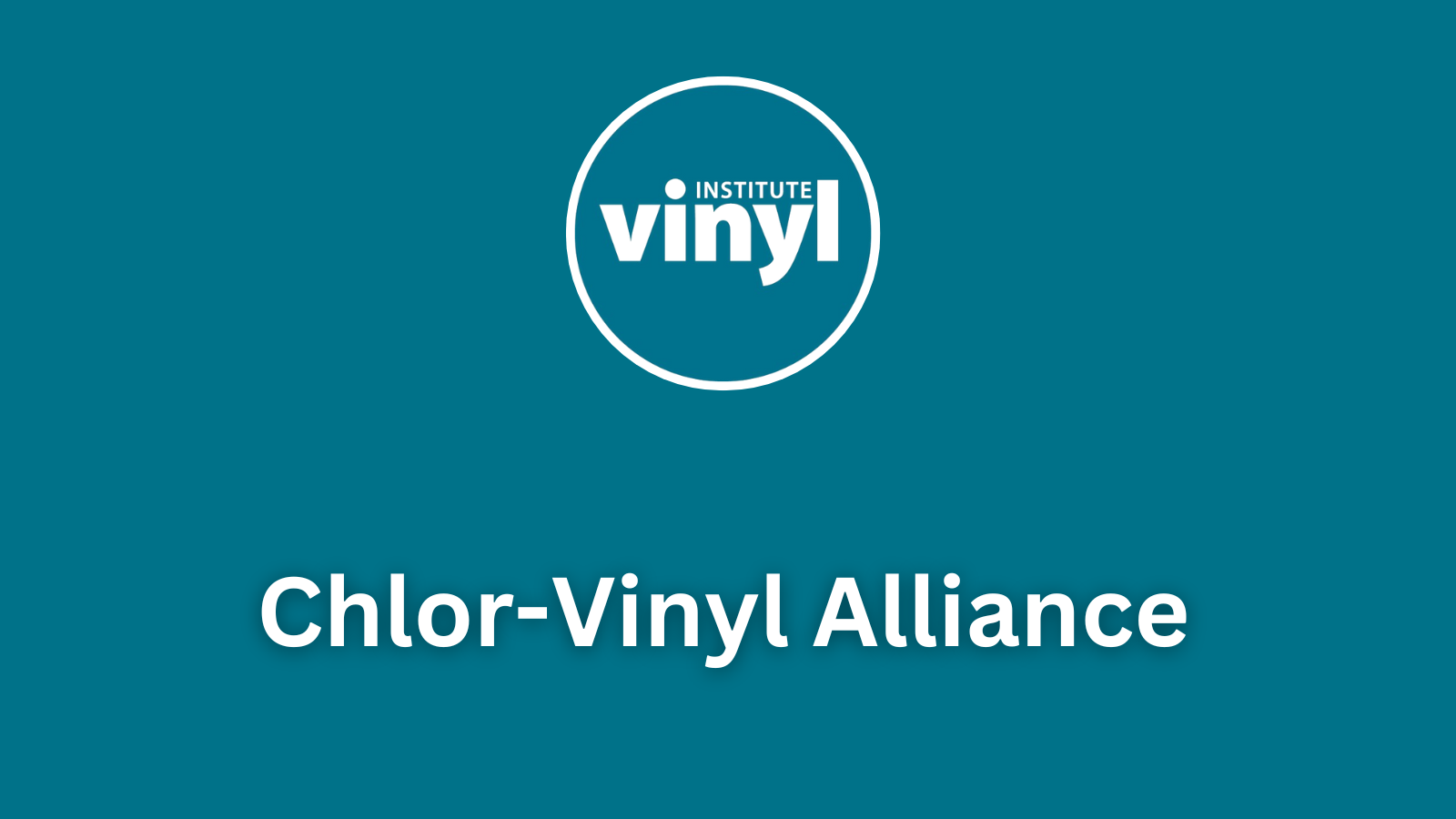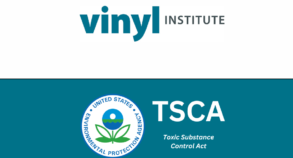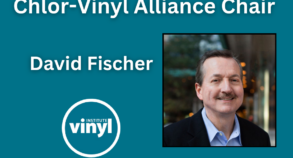
Chlor-Vinyl Alliance
Frequently Asked Questions
What is driving the Alliance to be formed now?
Many professional stakeholders are unaware of how they are being impacted by the TSCA process, and even more are unaware of how they can have an impact on its outcome. The Alliance is simply creating awareness and activating the vinyl value chain so that more voices can be brought into the conversation.
How is the Alliance different from the Vinyl Institute?
The Vinyl Institute is comprised of the PVC resin producers in the United States, as well as member companies who supply additives and compounds, and who convert these materials into finished products. The Alliance represents a much wider stakeholder base that would include downstream processors, product users, and other organizations who would be impacted by regulatory overreach of the vinyl value chain.
Is the Alliance similar to the Vinyl Sustainability Council?
There are several similarities between the Alliance and the VSC, namely in terms of how they are structured and the types of stakeholders that would benefit from joining. However, there are stark differences in their levels of engagement and advocacy. The VSC is set up to drive continuous sustainability improvement of the vinyl value chain through deep engagement into setting up effective industry-wide programs, and is not intended as an advocacy organization. By contrast, the Alliance is solely focused on convening stakeholders affected by the TSCA process, and leading grassroots efforts to promote sound science and to advocate for a fair and reasonable implementation of statutory and regulatory authorities.
Why should product manufacturers participate in the Alliance?
Product manufacturers may be directly affected by the risk evaluation, and therefore should have a highly impactful and credible voice in the discussion. In some other TSCA risk evaluations, the EPA has indicated that it would evaluate unreasonable risk that may be present even with residual concentrations of a given substance in the manufacturing or use of a final product. It is imperative that product manufacturers are using their voices to support the safety of their products and manufacturing processes.
What other types of companies can join the Alliance?
User groups such as construction companies and installers, healthcare workers, consumer brands, municipalities, agriculture companies, automotive companies, electrification advocates, facility managers, and much more can all participate to voice their support for the products they rely on every day to safely deliver effective outcomes for people and communities.
How long does the TSCA process take to complete?
For each substance, the estimated time to complete the entire process is about 7 to 8 years. For vinyl chloride specifically, the process has been underway since December 14, 2023, when it was designated as a candidate for prioritization. Since then, it was determined by the EPA that it would be designated as a high priority substance under TSCA, meaning that it would undergo a risk evaluation. The risk evaluation process is expected to take 2 to 3 years, and includes several iterations of collecting data, drafting documents, releasing the drafts for public comment, revising those documents, releasing them again for public comments, and further revising as needed. After the risk evaluation is complete, a separate phase begins where the Agency will take a similar iterative approach to developing a set of risk management rules, which is also expected to take several years to complete.




